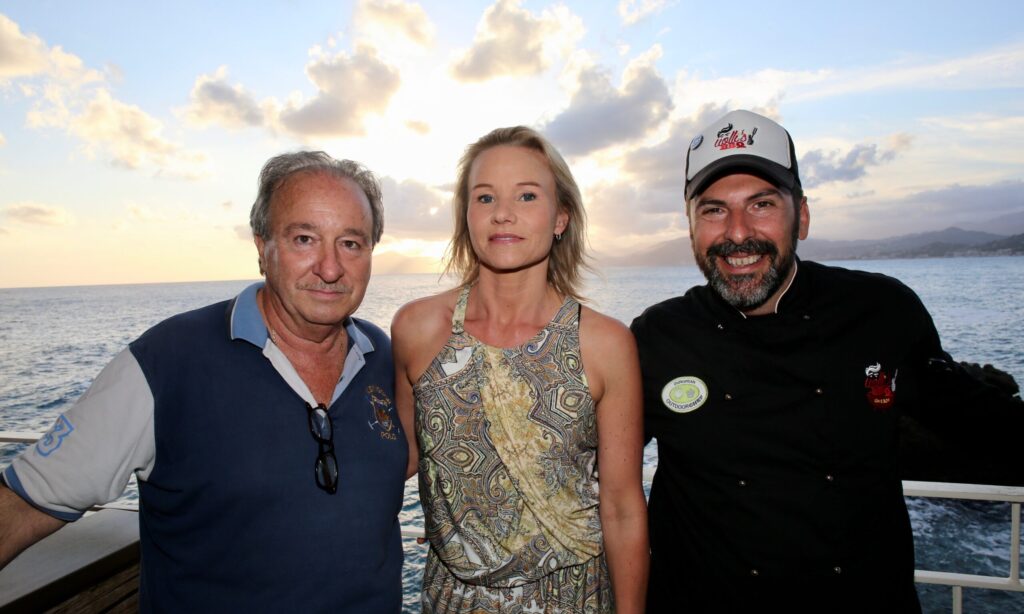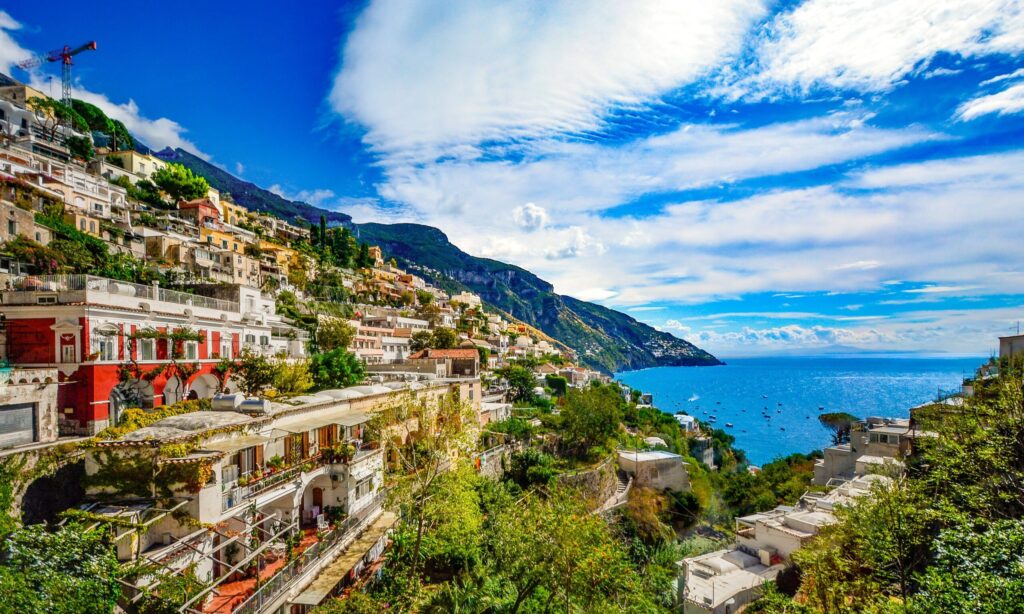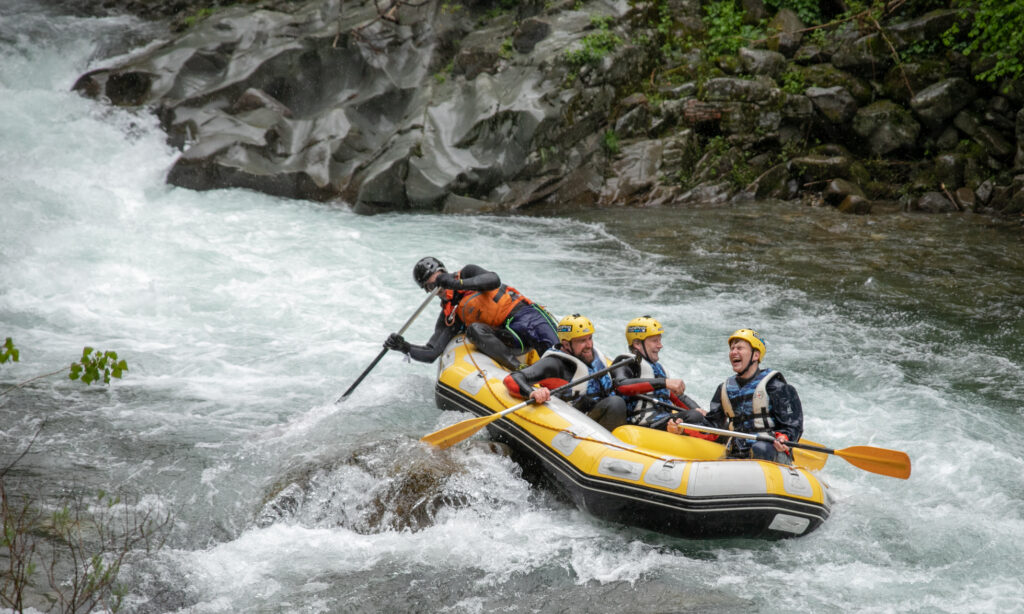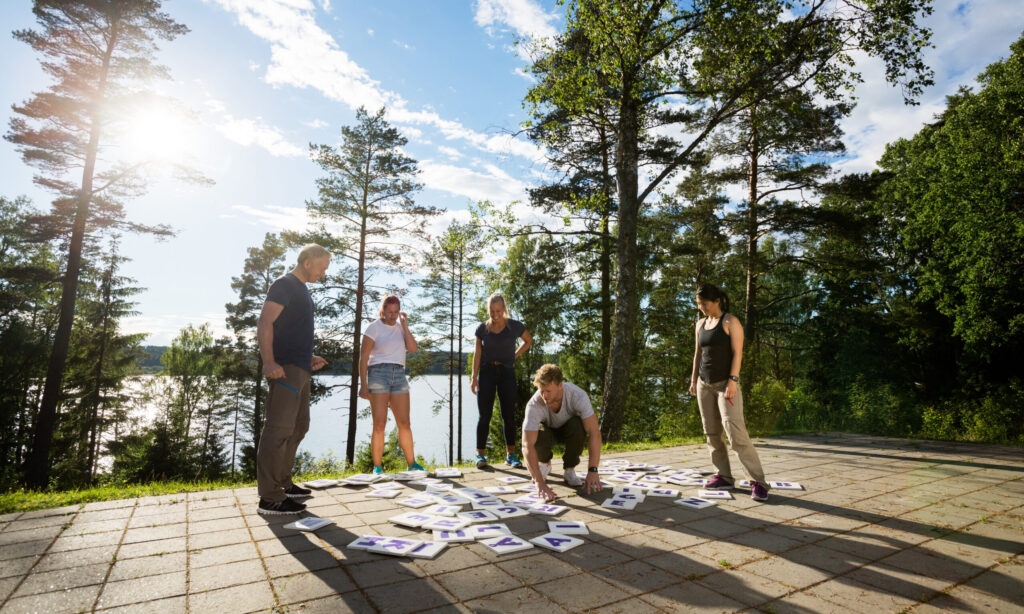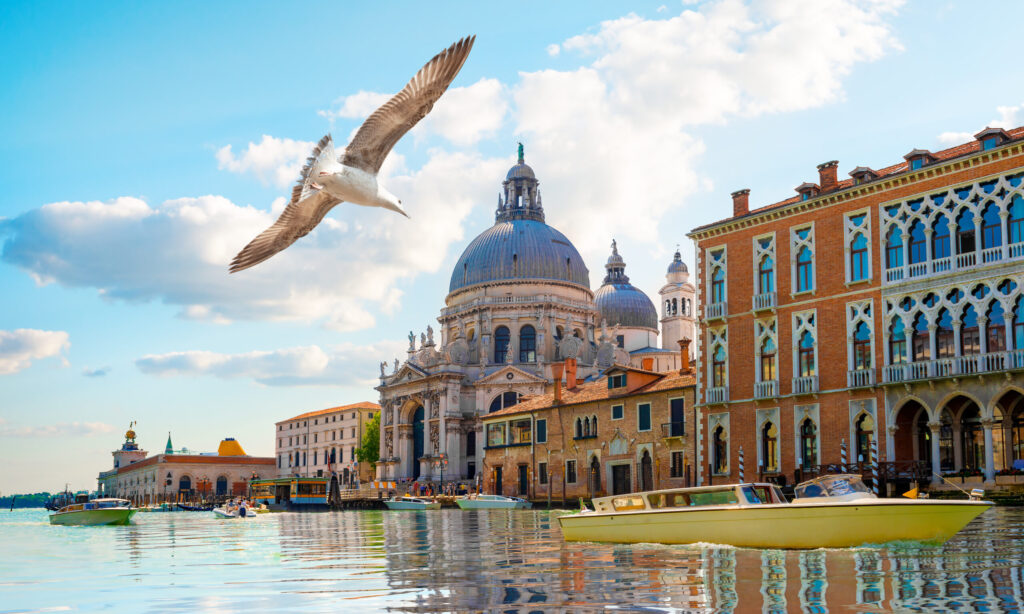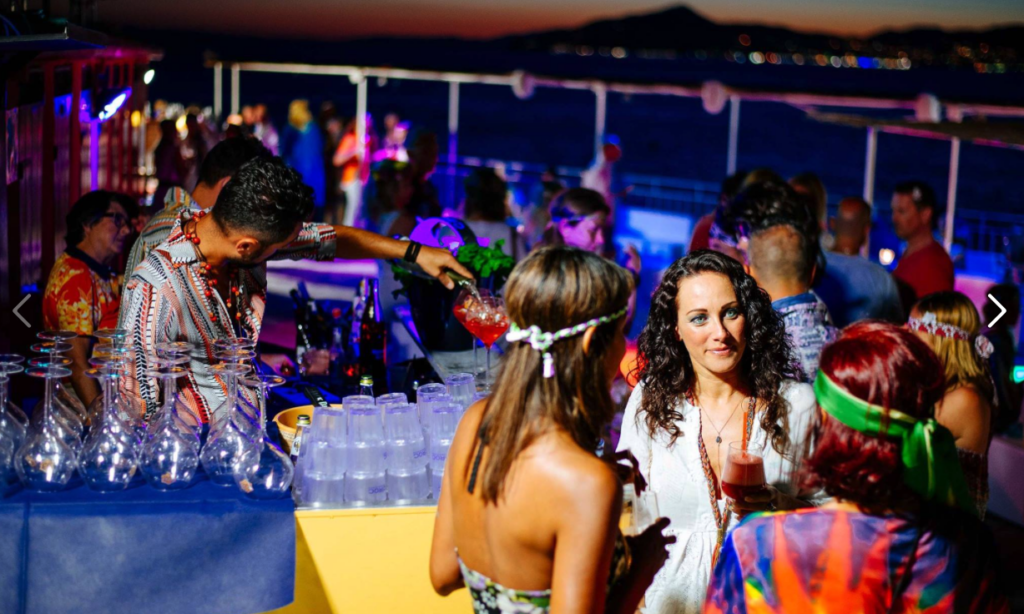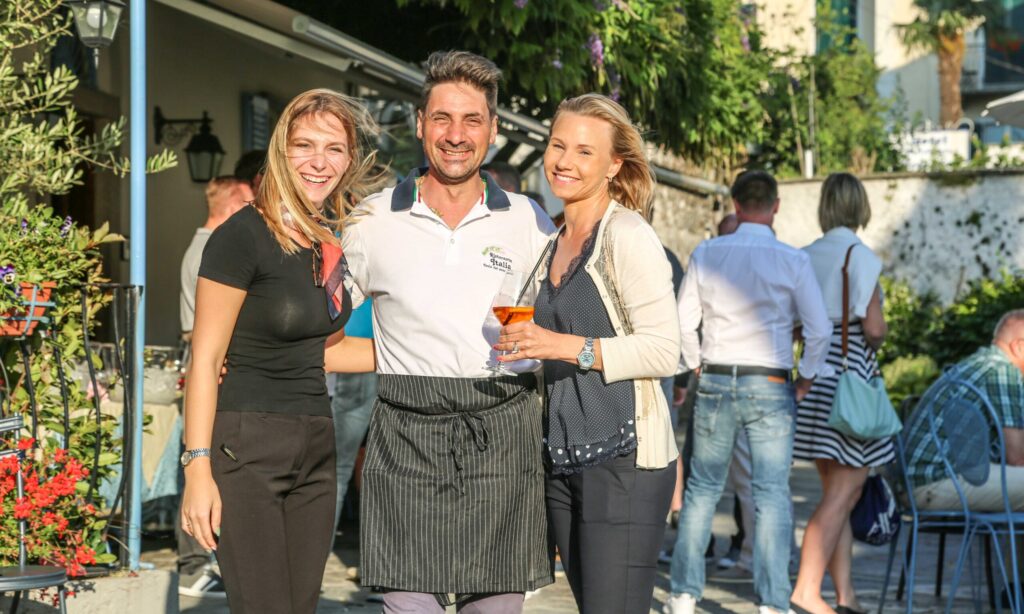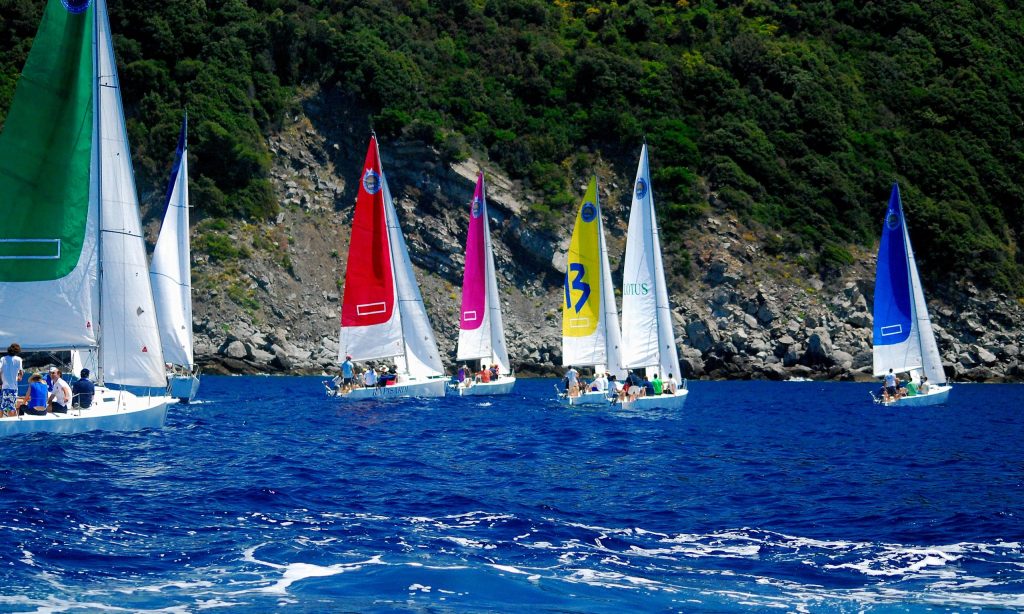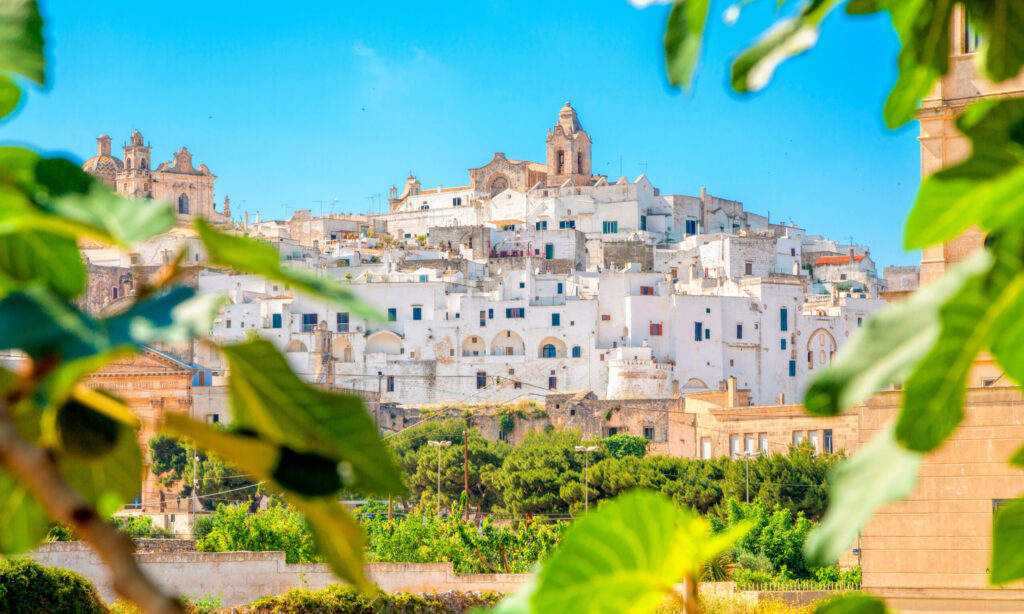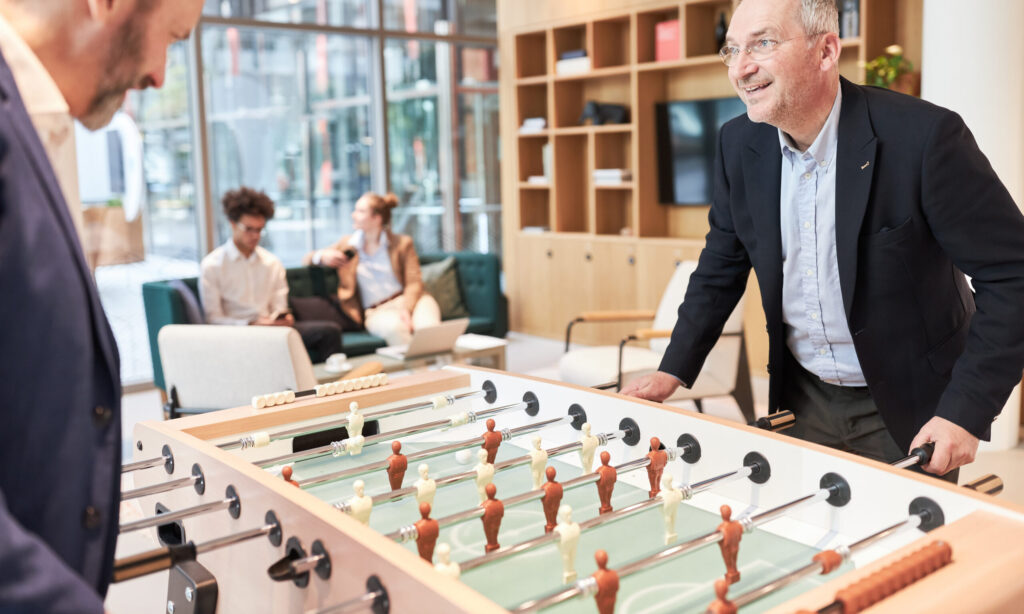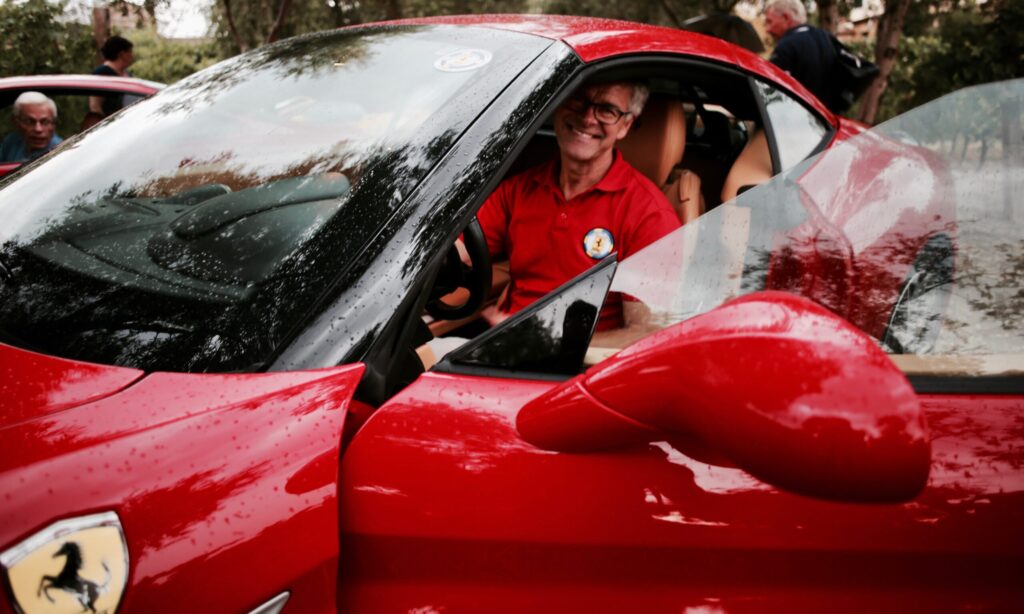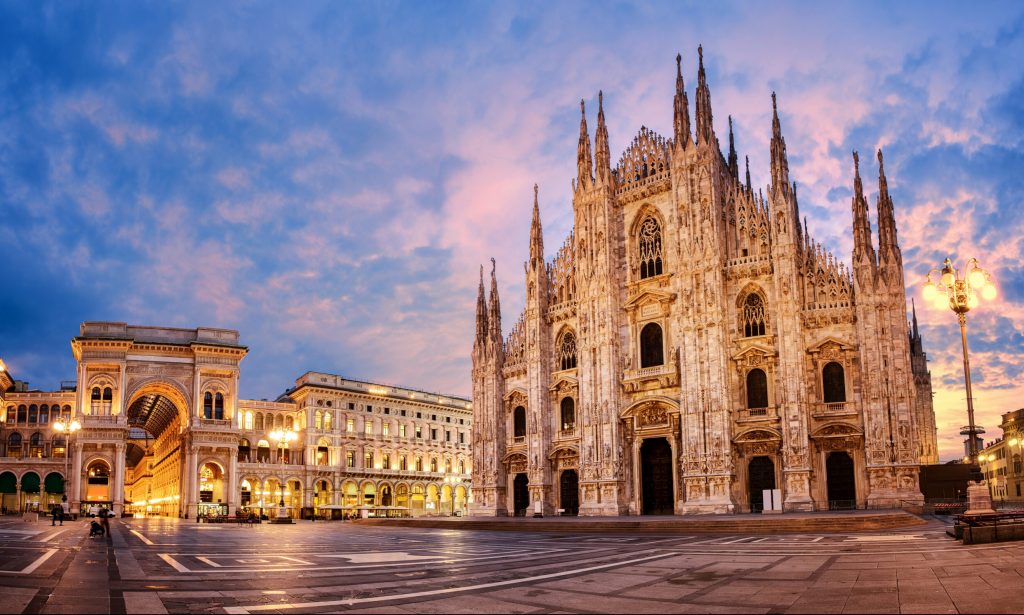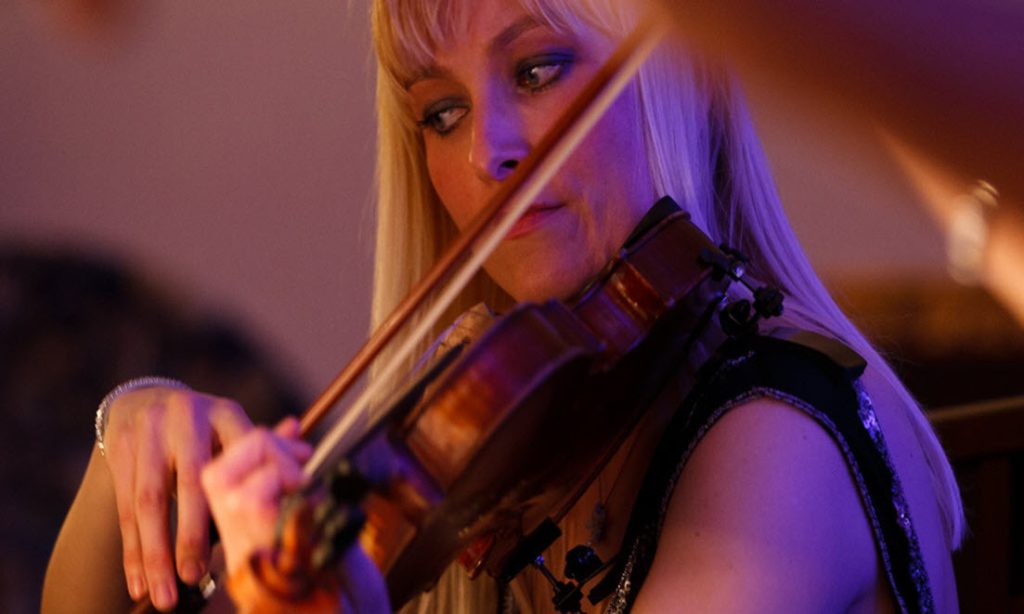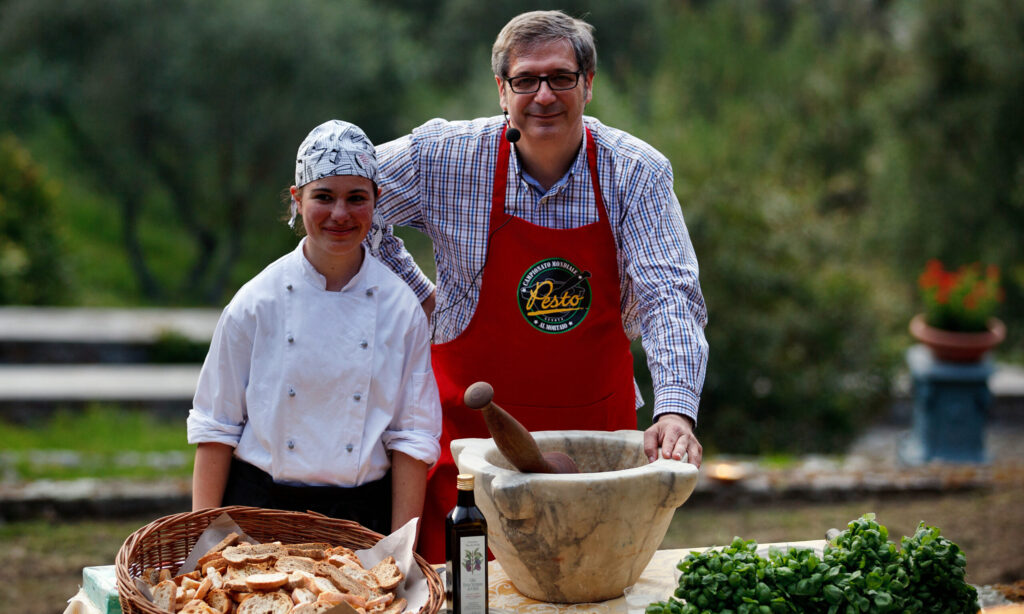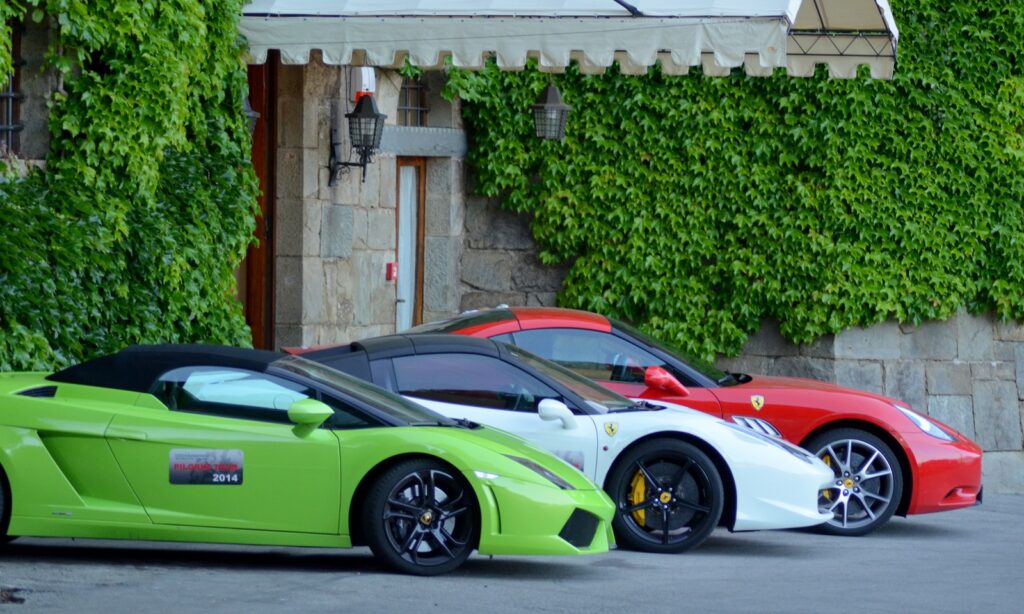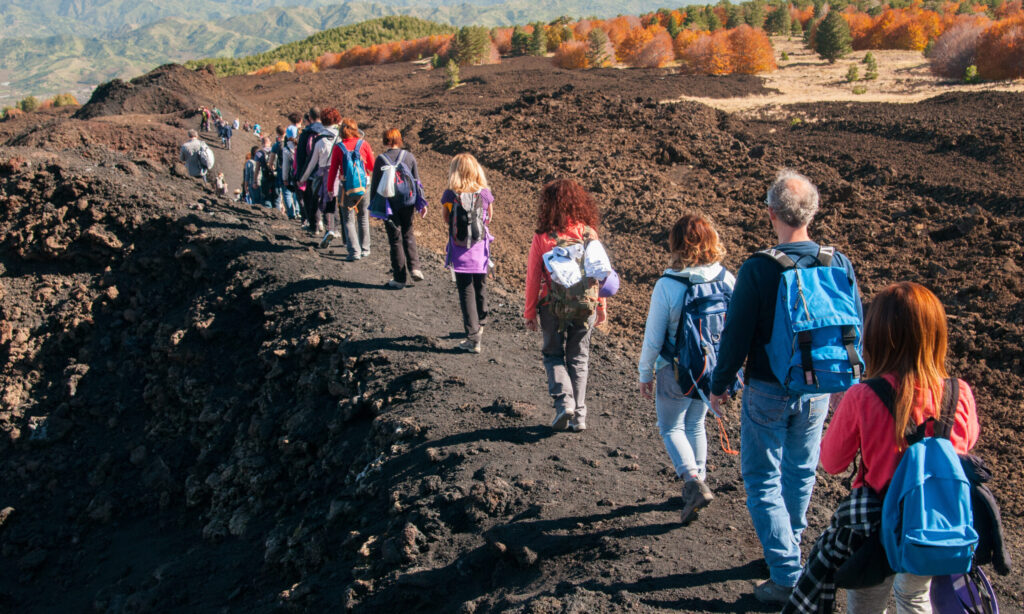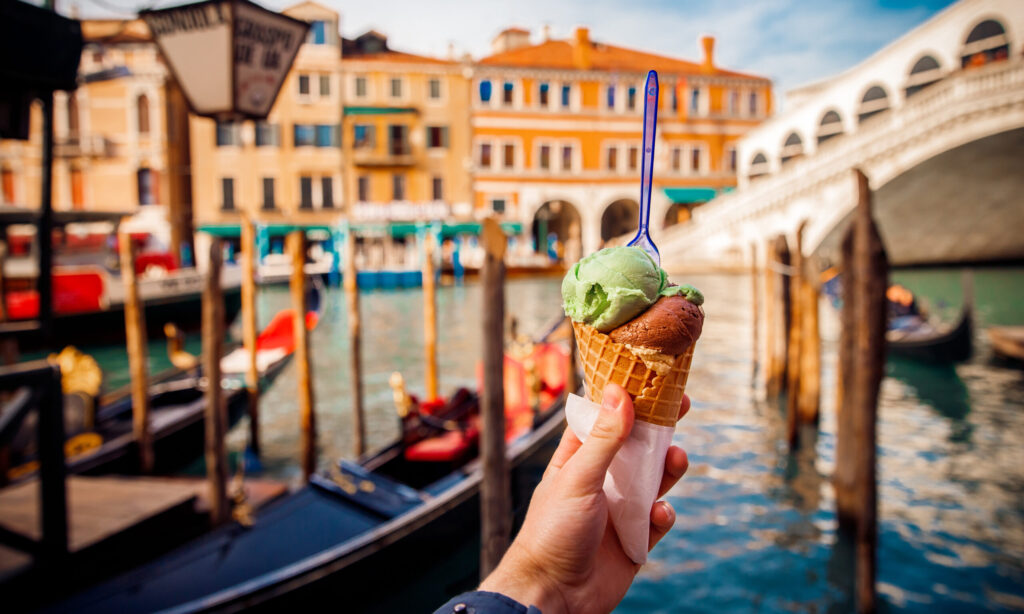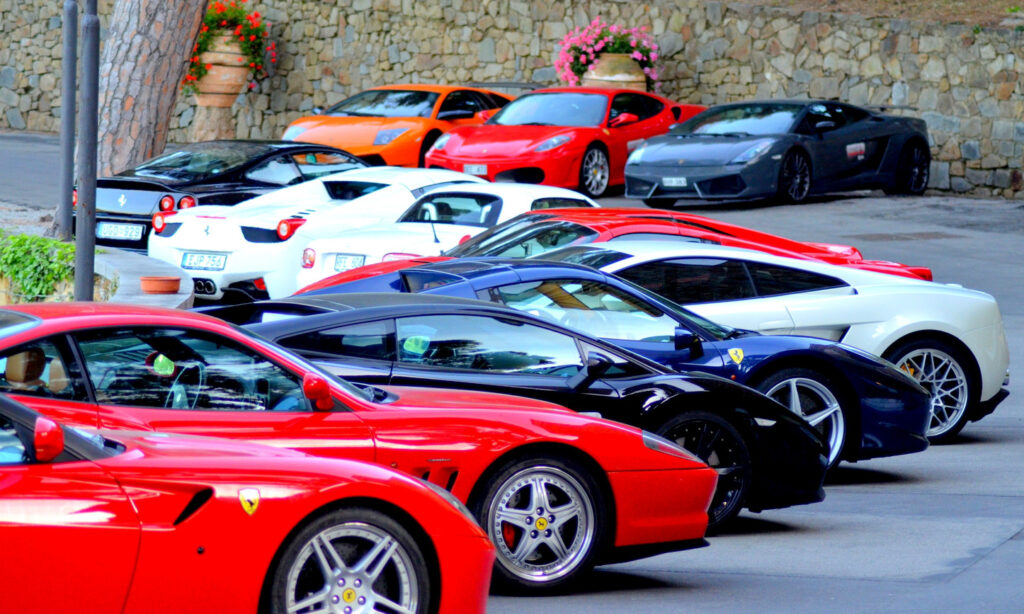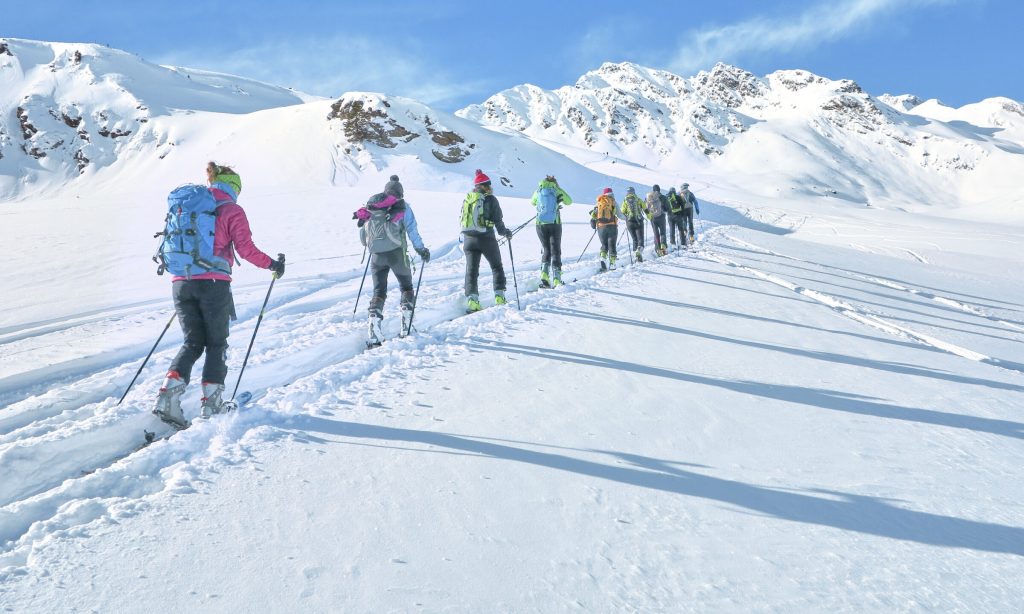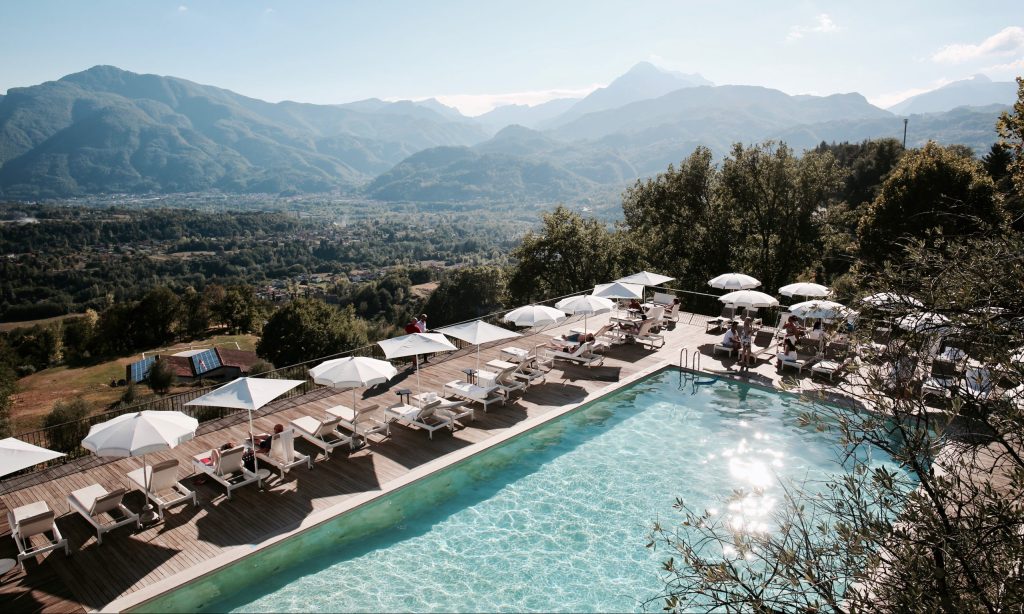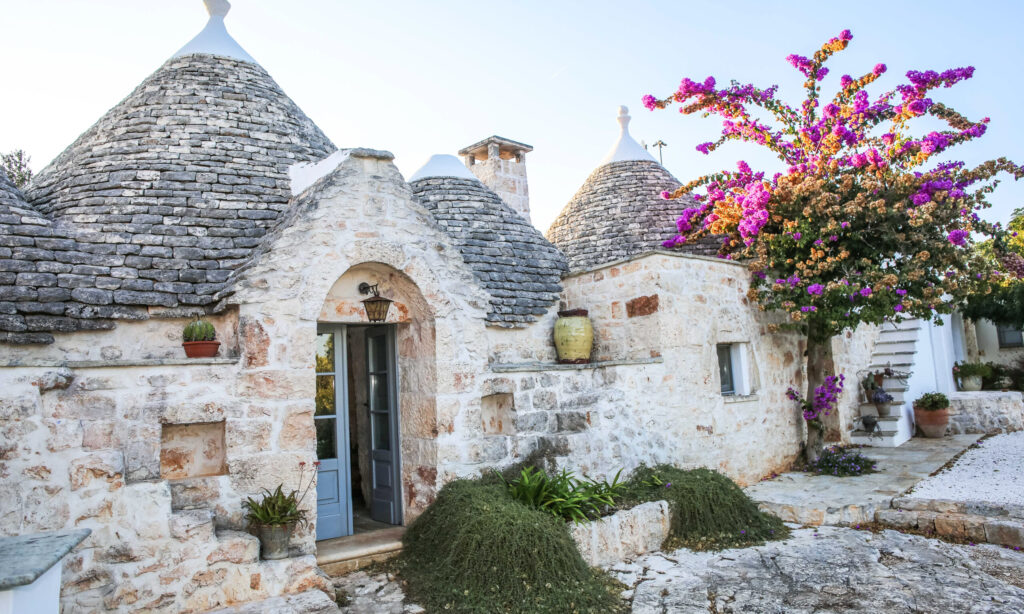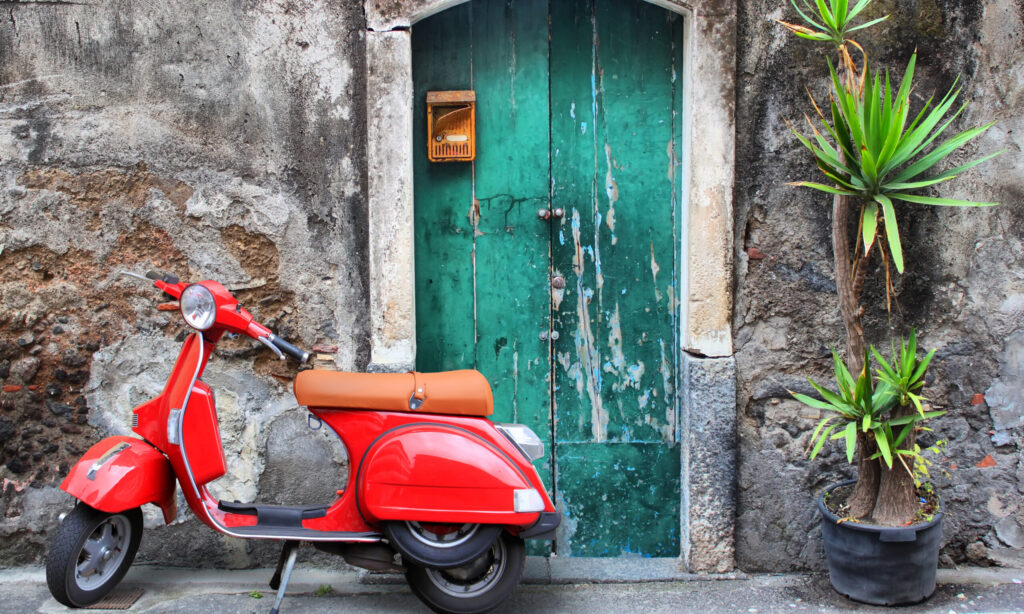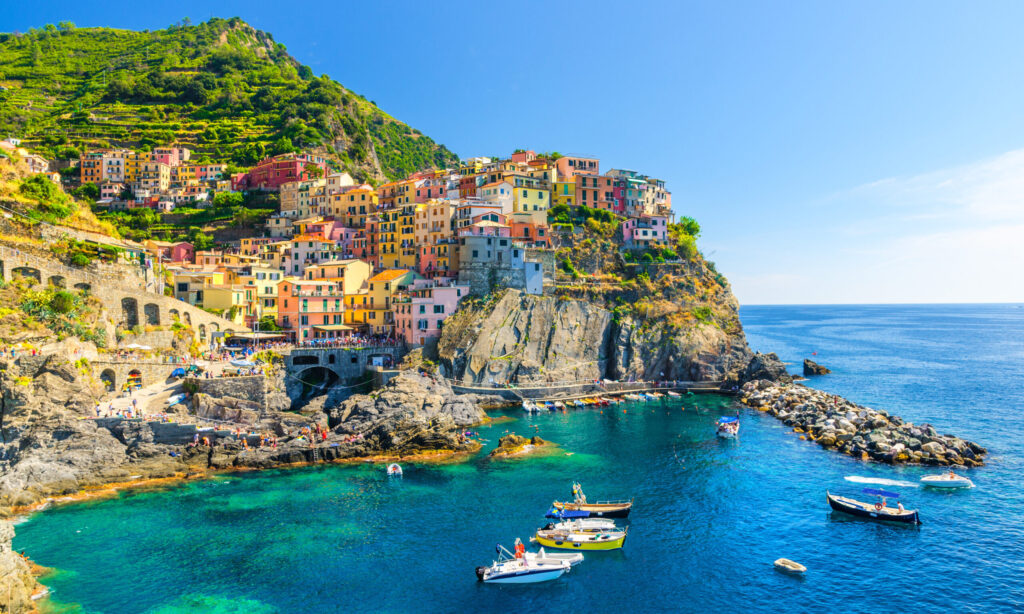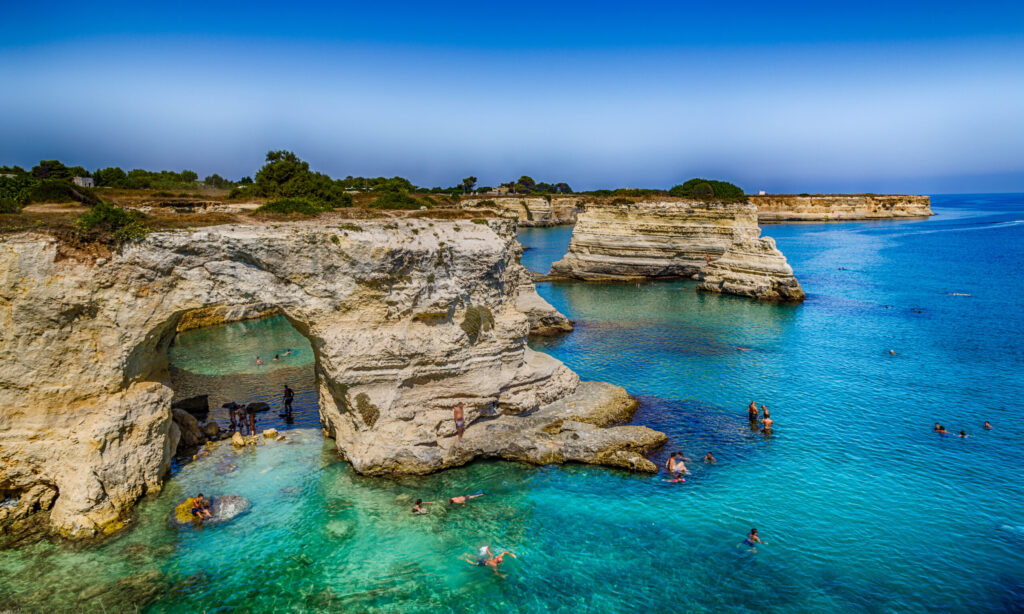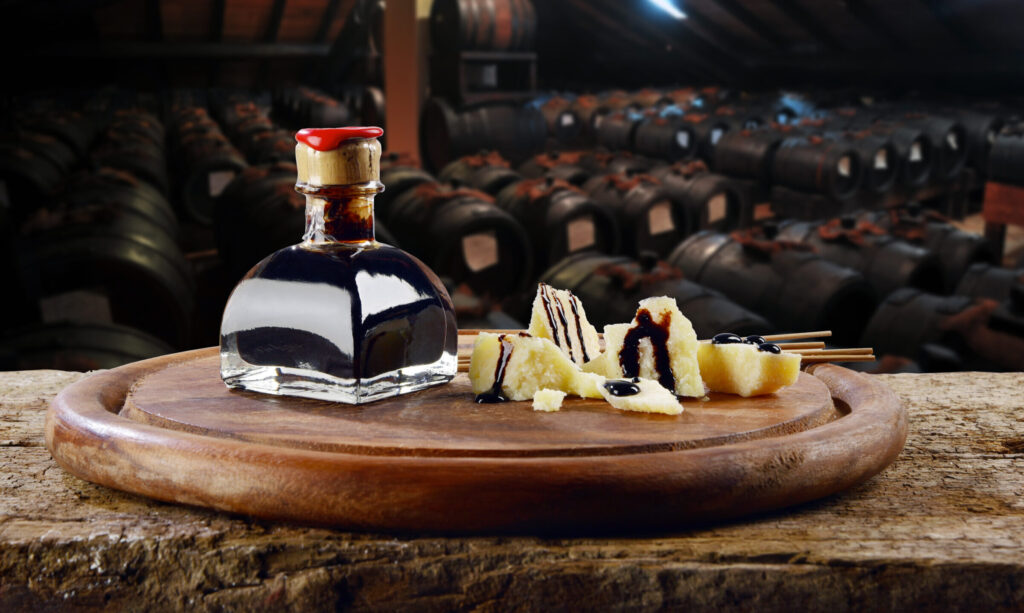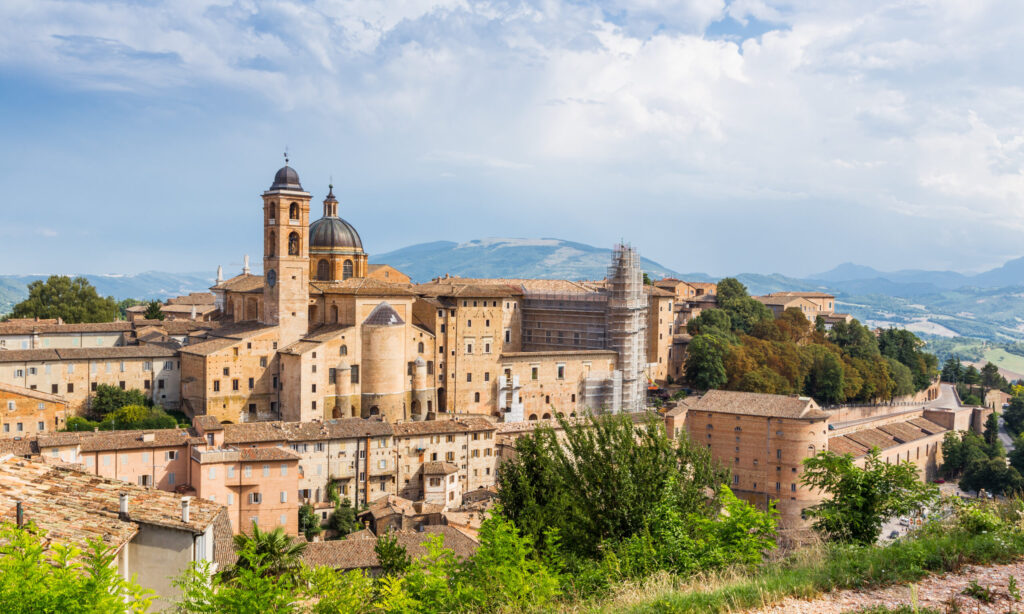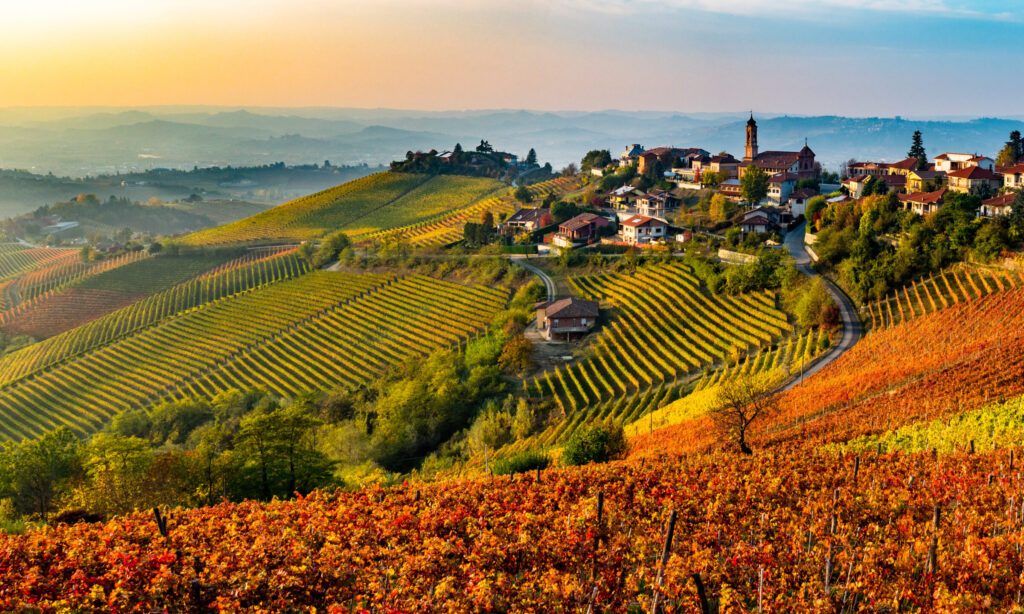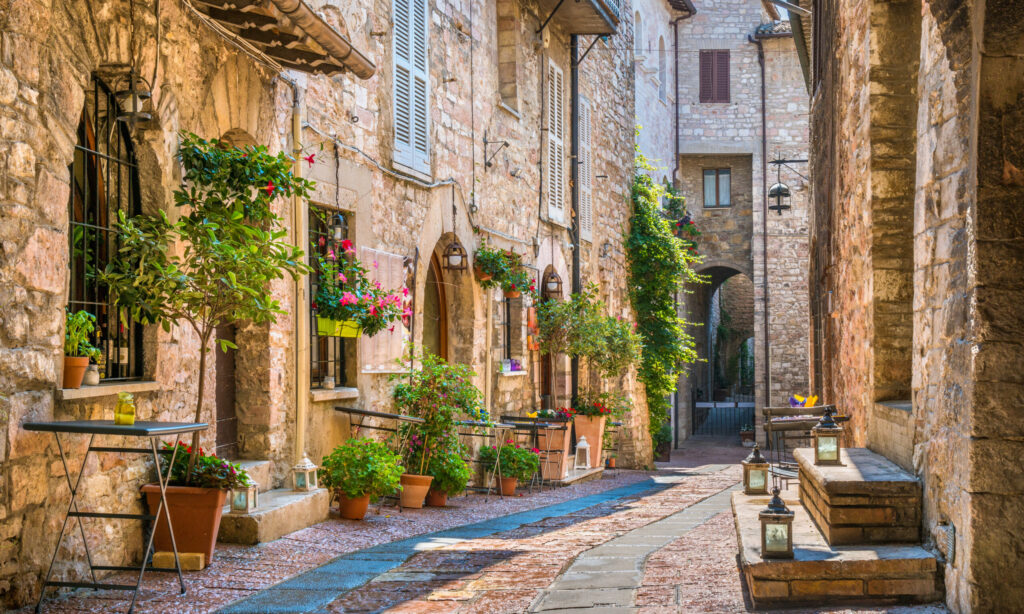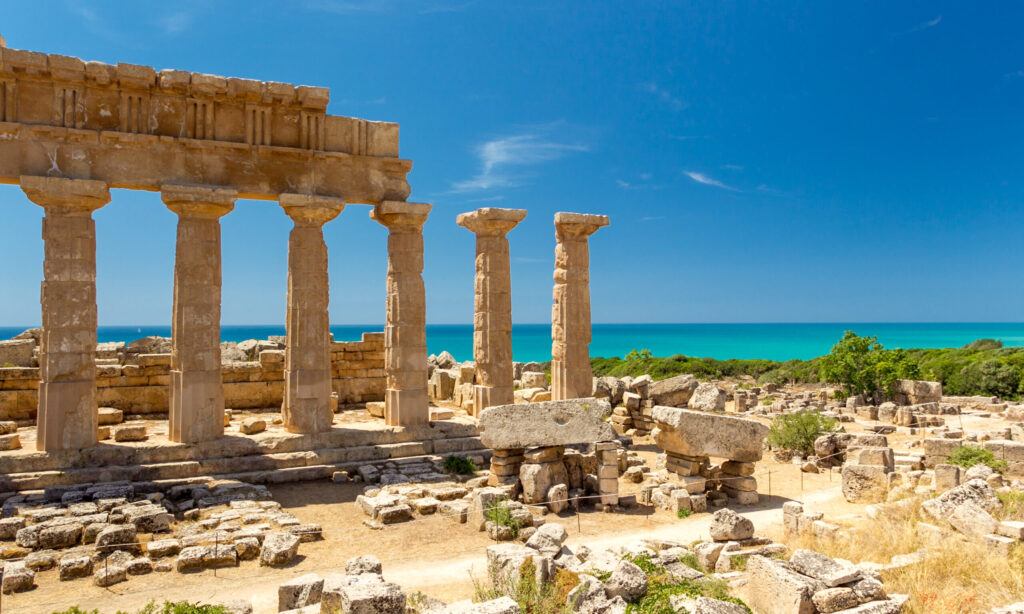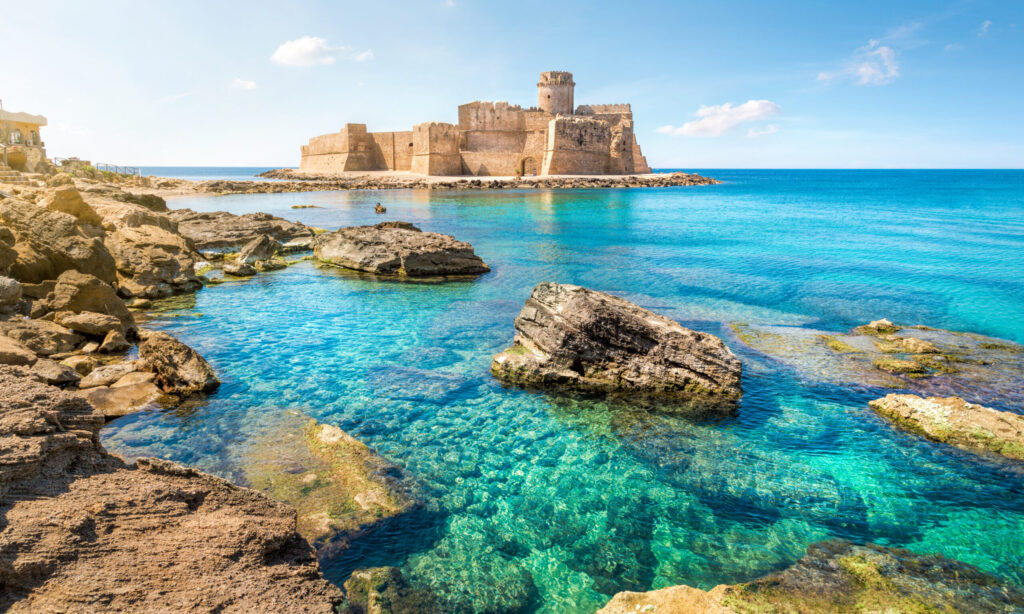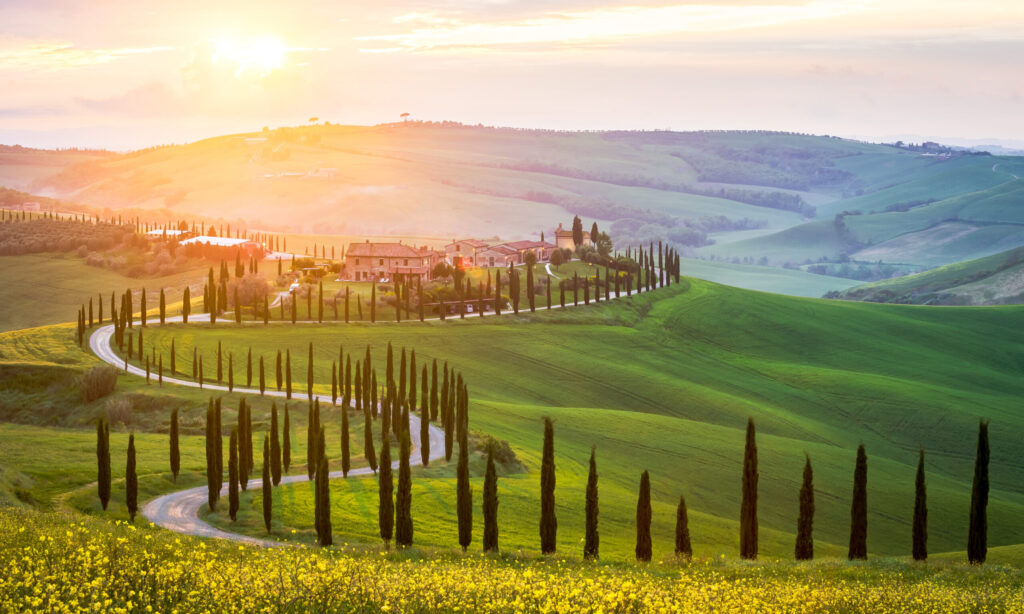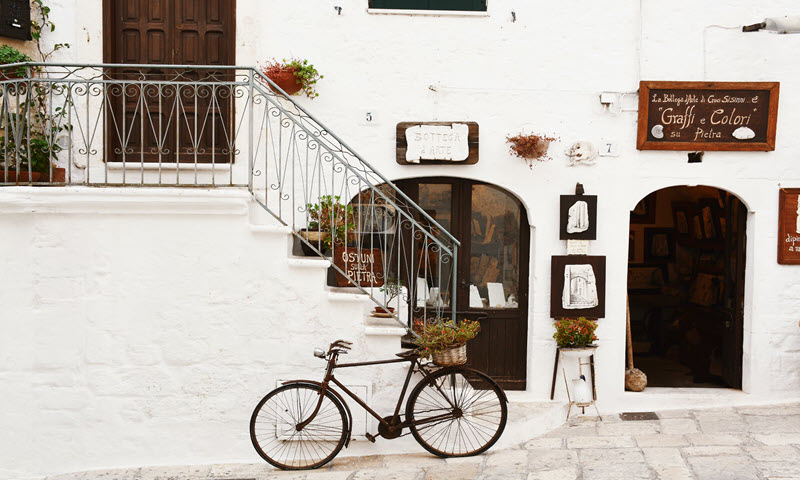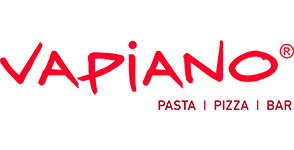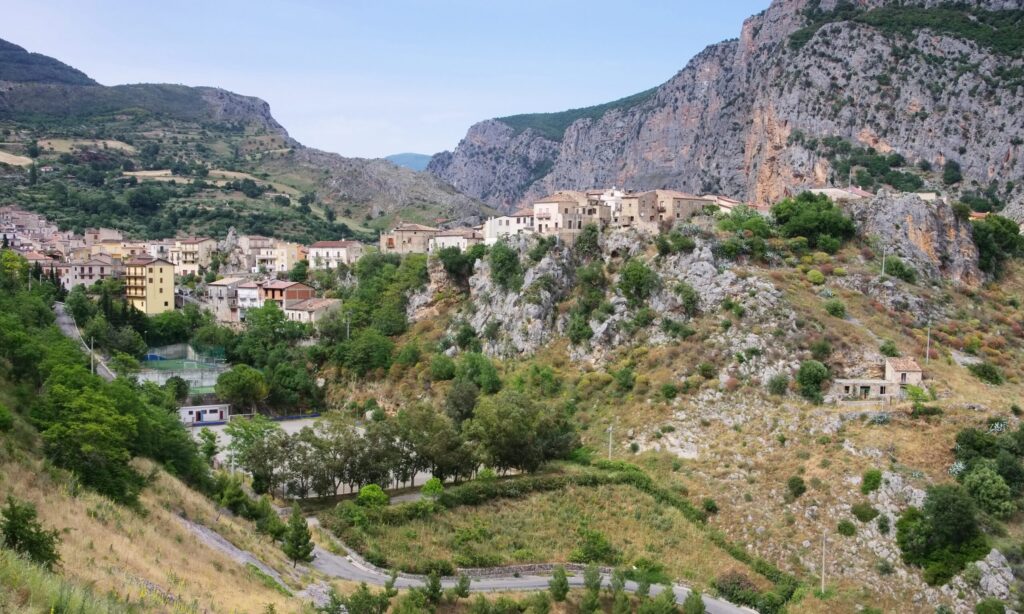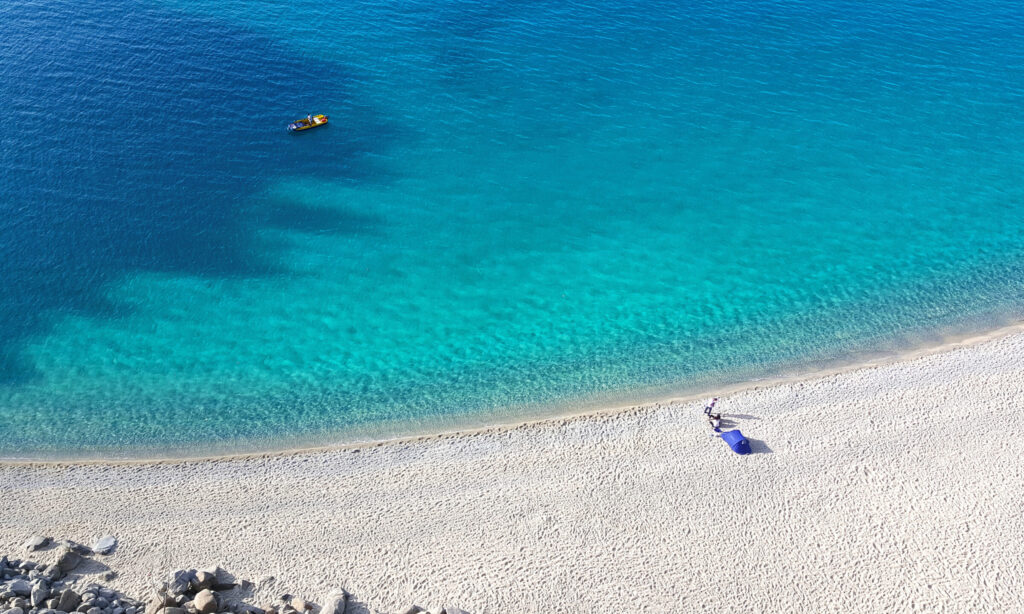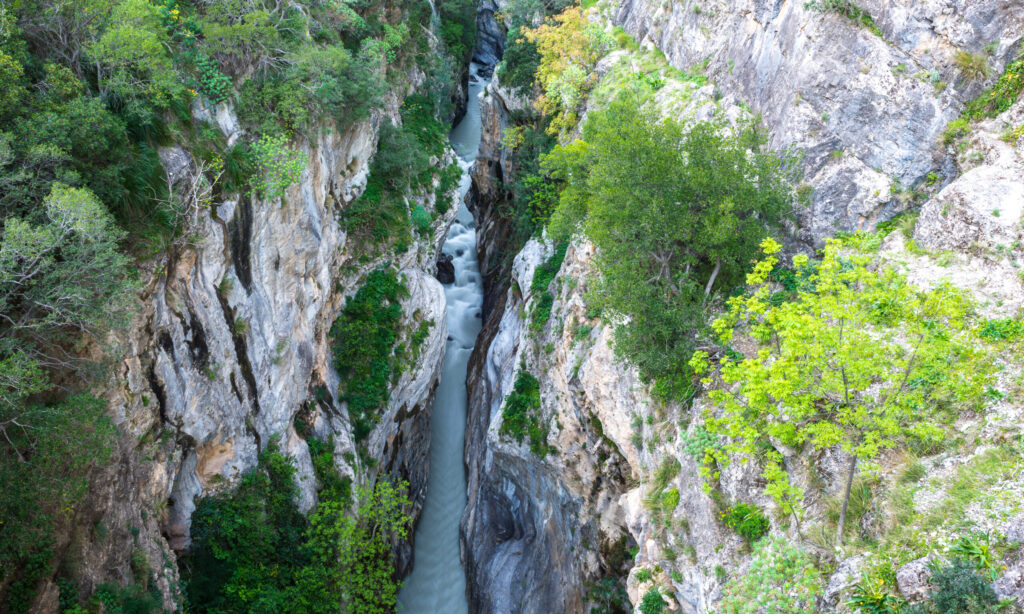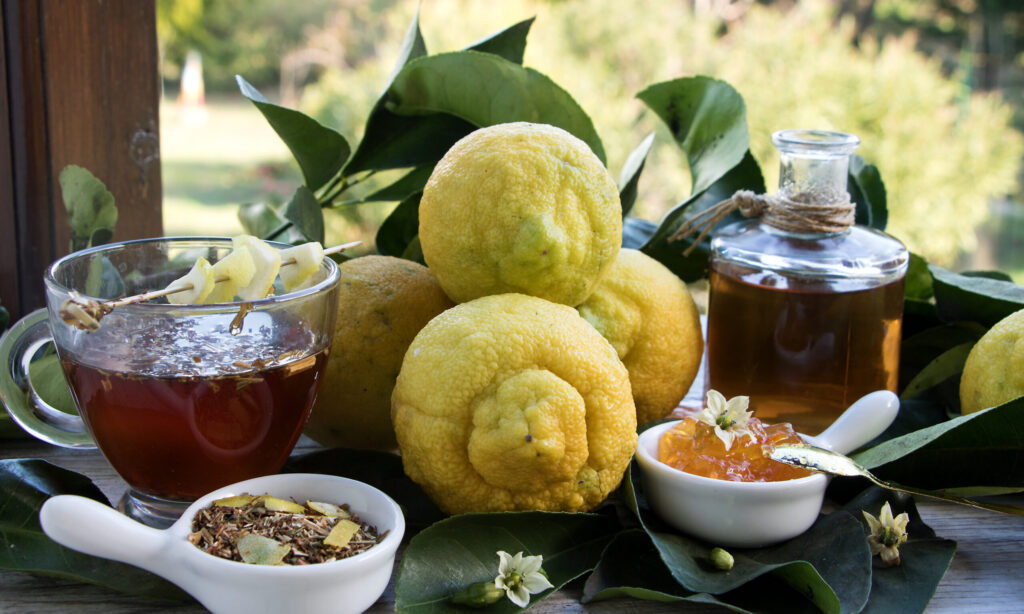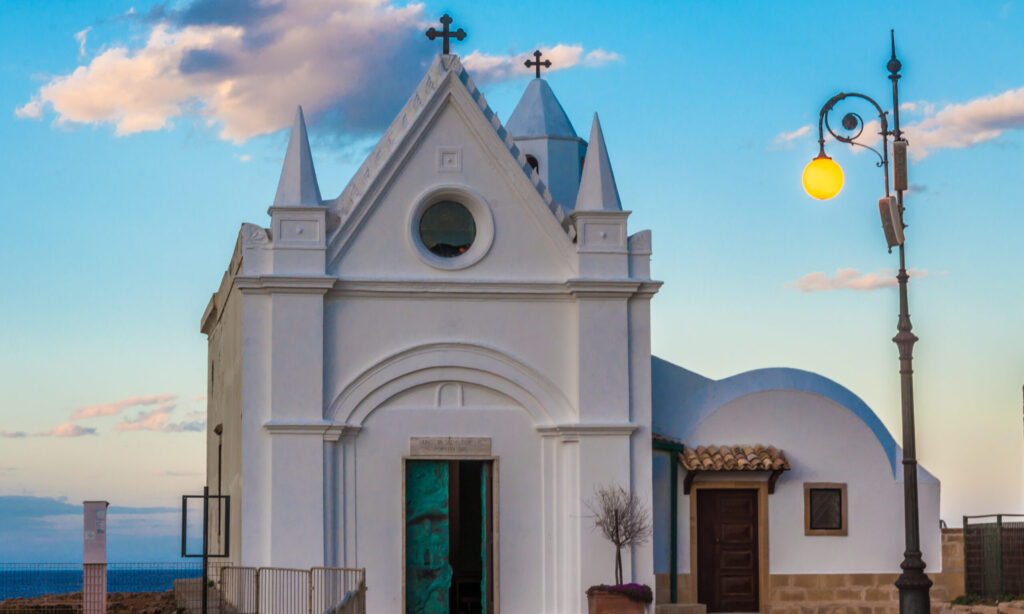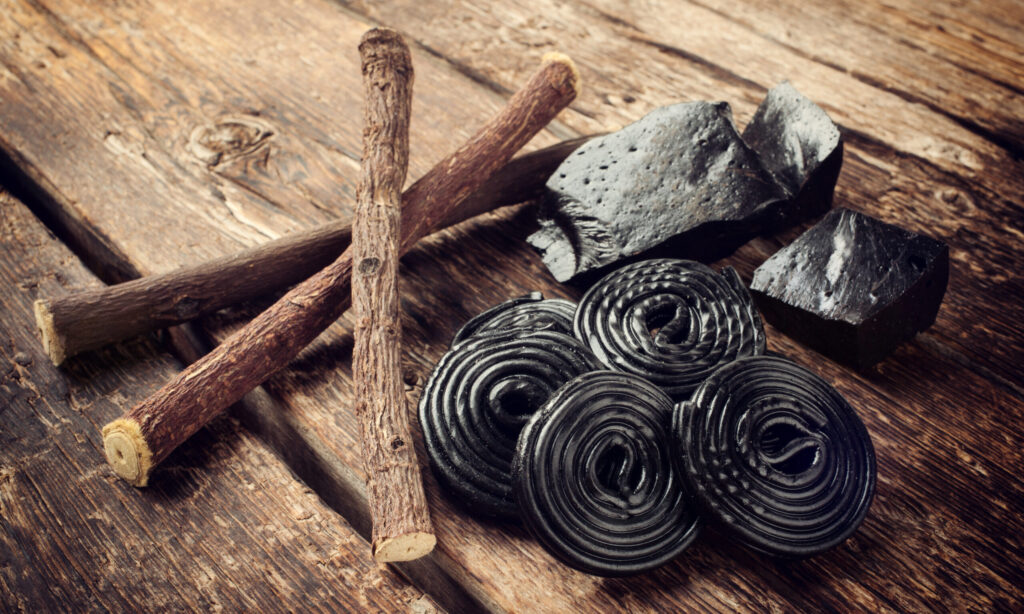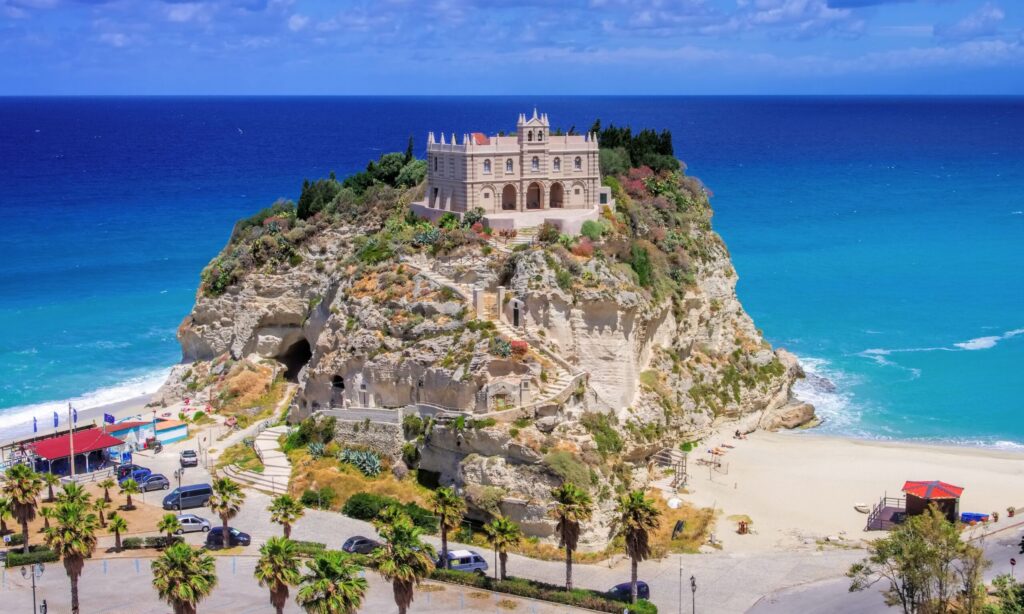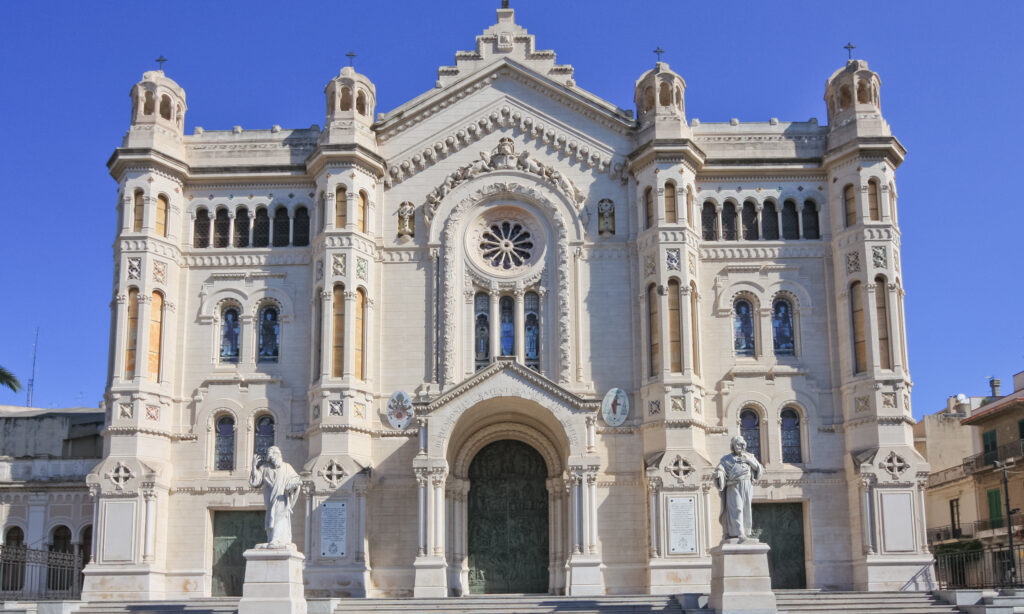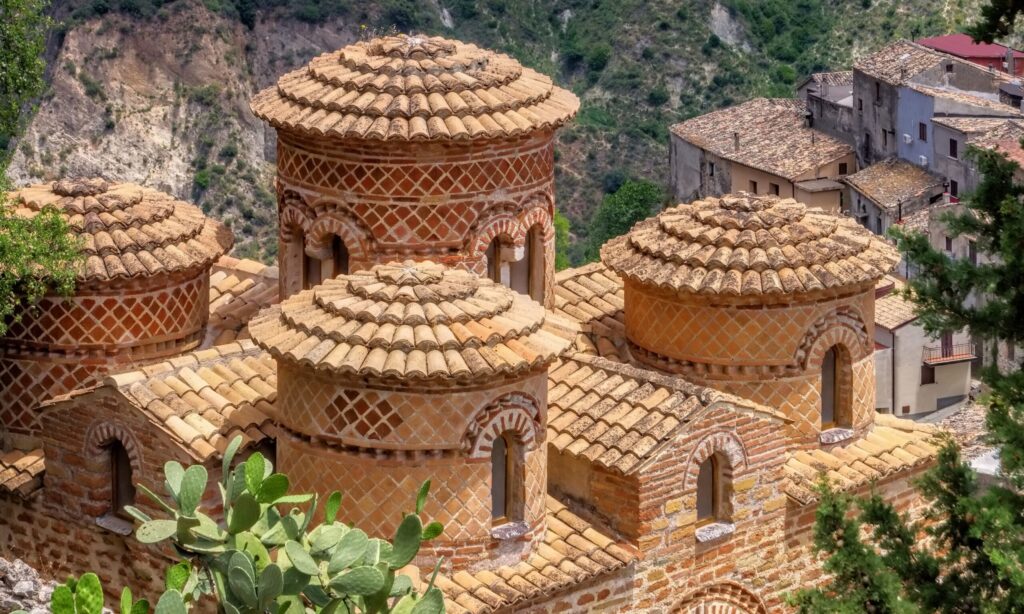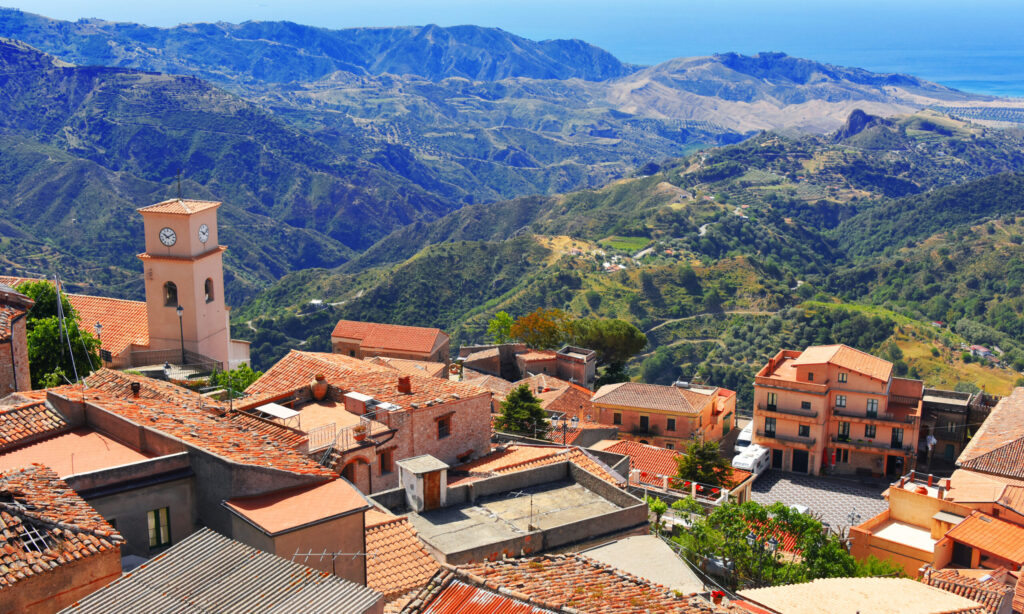CALABRIA
UNDISCOVERED TREASURES AT THE TIP OF ITALY'S BOOT
The tip of the Italian peninsula stretches over 1.5 million hectares and is a real treasure chest in terms of landscape and culture!
- Cosenza
- Crotone
- Catanzaro
- Tropea
- Reggio di Calabria
Read interesting information about the destination Calabria
The southernmost region of mainland Italy is divided into the following five provinces, from north to south:
- Cosenza
- Crotone
- Catanzaro
- Vibo Valentia
- Reggio di Calabria
The region is not yet well developed for tourism and is, or perhaps for that very reason, the holiday paradise par excellence. Who once experienced a sunset at the fantastic Costa degli Dei, the “coast of the gods”, the turquoise blue sea and the view of the Stromboli volcanic island, does not want to leave again!
Here you will find beautiful villages, such as Tropea and Pizzo, with enchanted alleys and squares lined with old facades. The old palace houses, which tell of the former wealth of southern Italy, have a special charm. The Capo Vaticano is one of the most beautiful coastal areas in Italy. From the rocky outcrop you can see the Aeolian Islands and the Strait of Messina, which separates the Italian mainland from Sicily.
The region captivates with a total of 780 km of coast on the Tyrrhenian Sea in the west and the Ionian Sea in the east. The many white sand and pebble beaches are surrounded by steep rocks, some of which rise like small miniature islands from the crystal clear water. Not only do they invite you to swim, dream and enjoy – water sports enthusiasts and snorkelers also get their money’s worth here! The beach of Tropea is one of Italy’s top beaches in terms of water quality, environment and nature protection!
Northern Calabria is dominated by the Pollino Mountains, the mountains Sila and Serre are in the middle, and Aspromonte in the south. Many parts of the mountain world are now designated as a national park: The “Parco Nazionale del Pollino” is the largest park and extends as far as the neighbouring region of Basilicata.
In Calabria you are sent on a journey through time – to Greek heroes, to the Roman Empire, to the Byzantines, Normans and Staufer and the Spaniards. The region can look back on 12,000 years of history: from carvings in the “Grotta del Romito”, excavation sites of Magna Grecia, archaeological parks with Roman relics, Byzantine churches on the Ionian Sea, Norman and Staufer castles to the Saracen towers, there is much to discover in Calabria!
Italian can be heard here in the south in numerous different dialects and there are still some linguistic minorities. In the villages of Aspromonte Grecan is spoken, in the Albanian villages Arberesh and in the Waldensian village Guardia Piemontese Occitan. Here you can also follow in the footsteps of the Waldensian persecution. In the 12th-13th century, the reformists from Piedmont sought refuge in the seclusion of Calabria in order to be able to live undisturbed.
The red onion and the peperoncino are inevitably the protagonists in Calabrian cuisine! The tasty red onion is an integral part of the menu in many parts of the region – and not without reason! The original “cipolla rossa di Tropea” is packed with vitamins and trace elements.
The hot red peperoncino gives many dishes the decisive spice – whether fresh, dried or pickled. The pod probably came to Calabria at the beginning of the 15th century as a result of Christopher Columbus‘ voyages of discovery, who brought it to Europe from Central and South America.
Calabria also produces two very special citrus fruits: the rare bergamot and cedar lemon. Some delicacies are prepared from them, although the bitter-sour fruits are not suitable for consumption. The precious Bergamot oil gives Earl Grey tea its typical taste and is also used in the perfume and pharmaceutical industries. The fruits of lemon are used for the production of confectionery, various sweets, liqueurs, olive oil, ice cream and much more.
The Greeks called southern Italy “Enotria”, the land of wine. And even today you can still find vineyards almost everywhere along the coastline, but also in the higher altitudes up to 800 m height. In Ciro Marina, for example, the Cirò DOC red wine is made from Gaglioppo grapes, known for its delicate bouquet. The Val di Neto also offers ideal conditions for viticulture with around 300 sunny days a year! Here the excellent white wine Efeso is made from Mantonico grapes.
The city of Scilla in the Province of Reggio Calabria, Italy
Collane di peperoncino - Tropea - Calabria
Beautiful Coastal town Tropea in South Italy
Calabrian mountains
Le Castella at Capo Rizzuto in Calabria in Italy
Sanctuary of Capo Colonna at Sunset in Crotone region
Little Albanese village Civita in Calabria in Italy
Stilo is one of the nicest Calabrian villages
Contact us
Contact us for a free consultation and we will look together to see what extraordinary experience we can organize for you and your guests! We look forward to you!
